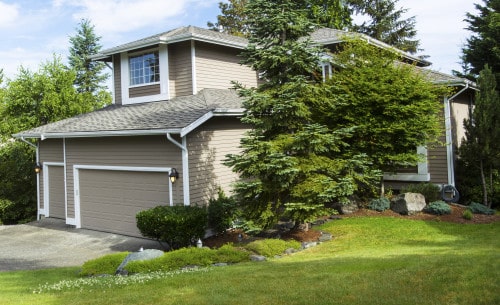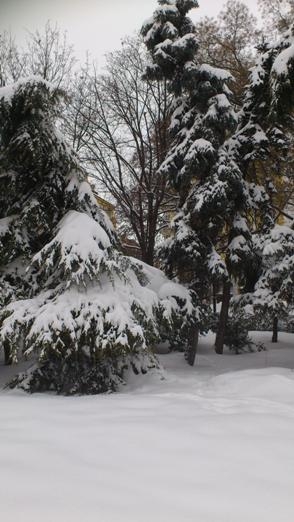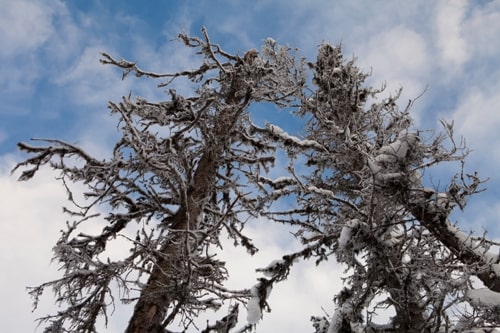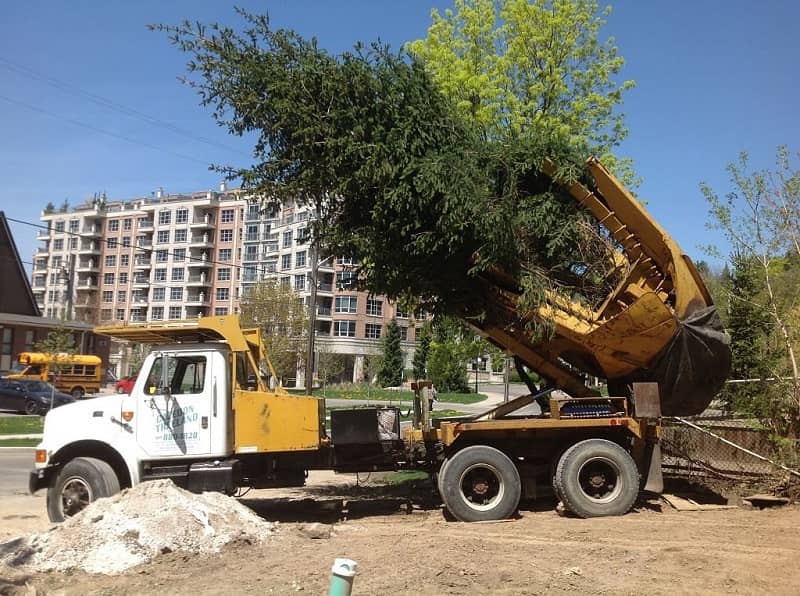
Evergreens produce foliage year around because they are able to endure cold and hot weather. Many of these trees are planted to act as windbreaks, some for privacy screens, and others to enhance the appearance of a landscape. The most widely grown evergreens worldwide include Conifers, Eucalyptus, Hemlock trees, Thuja trees, Palm trees, Spruce trees and Cryptomeria trees. When these trees suffer drying from the top down (due to weather, disease, or pest infestation), they require immediate attention to keep the tree healthy.
Winter Drying

When brown, dead needles suddenly appear at the top of pines, spruces, and evergreens, one cause is harsh winter wind. The most vulnerable point of the tree is its crown. Avoid winter tree injury by spraying an anti-desiccant spray during the fall and watering the tree until the ground freezes. Resume watering when warmer weather returns and the soil thaws.
Pests and Disease

The activity of white pine weevils and bark beetles can create a yellow and brownish tint on the crowns of affected trees. Pine wilt disease is a common needle disease that also attacks the tree from top down. When this disease strikes, nematodes quickly invade and damage trees. To prevent pest infestation and/or disease, inspect your tree for traces of insect remnants and signs of infestation or other damage. Prune the affected branches and apply appropriate insecticides.

Top down drying can be difficult to treat, especially if you don’t have the right ladders, safety equipment, and tools. An arborist can safely and effectively address any evergreen drying problems. If your trees have browning needles or other symptoms, call Caledon Treeland for help. Our tree experts in the Greater Toronto Area have served customers for over 20 years, healing trees and removing them when absolutely necessary. We also sell big, beautiful trees (including shades and evergreen trees) throughout Central and Southern Ontario. Reach us at (905) 880-1828.

